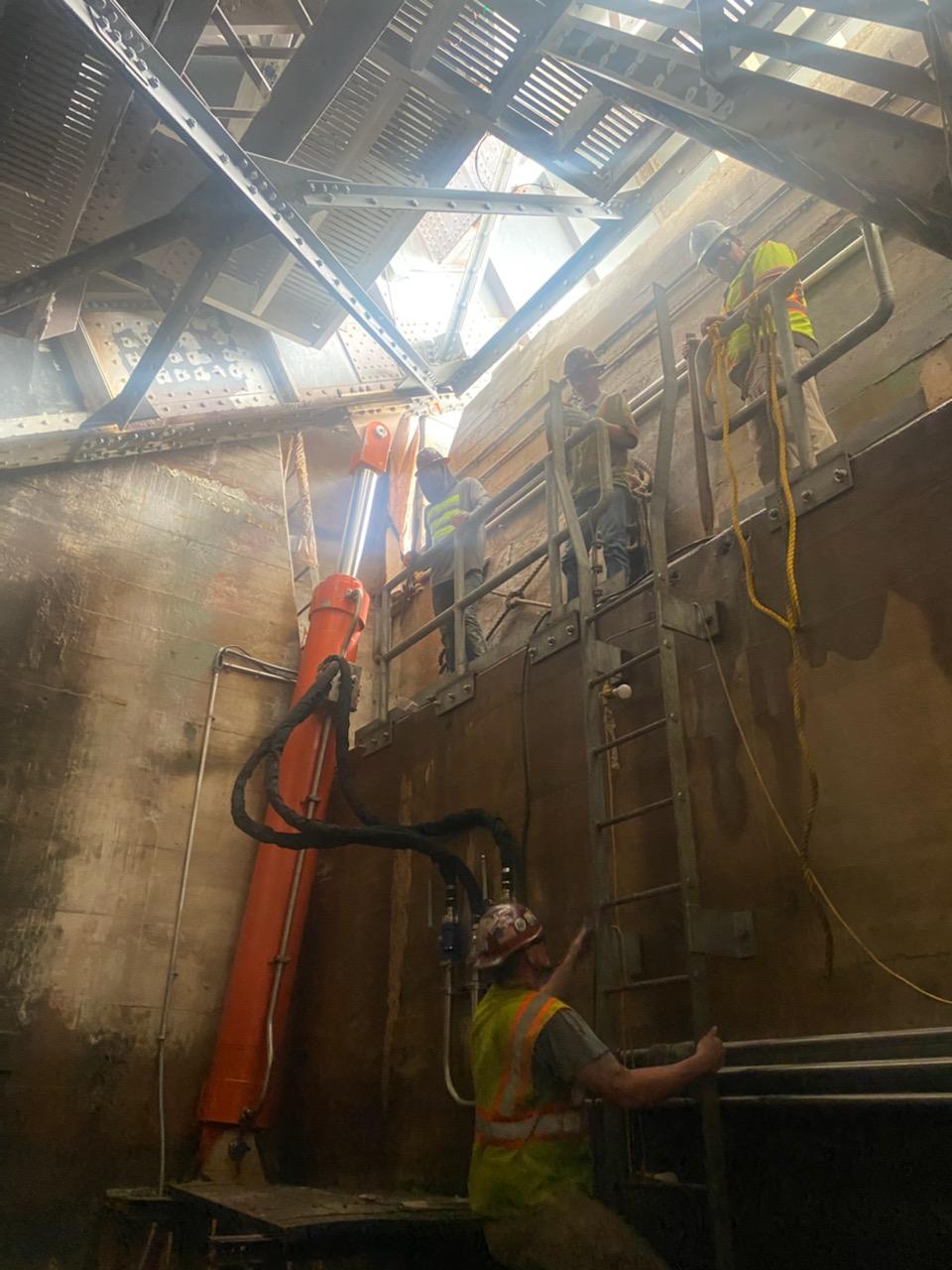
05 Feb CIVIL APPLICATIONS FOR HYDRAULIC CYLINDERS
Hydraulic cylinders, though often associated with heavy machinery and industrial applications, possess a wide array of civil applications that contribute significantly to modern infrastructure and everyday life. These versatile devices leverage the power of hydraulic fluid to generate linear force and motion, making them indispensable in various civil engineering contexts. From construction and transportation to urban development and environmental management, hydraulic cylinders play a pivotal role in shaping and sustaining our built environment.
In the realm of construction, hydraulic cylinders are instrumental in the erection of buildings, bridges, dams, and other structures. Their ability to exert immense force with precision makes them indispensable for tasks such as lifting heavy materials, positioning components, and stabilizing structures during construction. Whether it’s the controlled extension of a crane arm or the precise adjustment of formwork, hydraulic cylinders ensure safety, efficiency, and accuracy in construction projects of all scales.
Furthermore, hydraulic cylinders are integral components in machinery used for excavation, demolition, and earthmoving. Hydraulic excavators, for instance, rely on cylinders to power their booms, buckets, and arms, enabling them to dig trenches, remove debris, and shape terrain with unparalleled efficiency. In demolition, hydraulic cylinders facilitate controlled dismantling of structures, minimizing collateral damage and ensuring worker safety. Their adaptability and strength make them indispensable in the dynamic environment of construction sites.
Transportation infrastructure also benefits immensely from hydraulic cylinder technology. In the realm of automotive engineering, hydraulic cylinders are utilized in braking systems, suspension components, and convertible roofs, enhancing vehicle performance, comfort, and versatility. Moreover, hydraulic systems play a critical role in the operation of heavy-duty vehicles such as trucks, buses, and trains, enabling precise control of braking, steering, and suspension under diverse operating conditions.
Beyond conventional transportation, hydraulic cylinders are integral to the functioning of hydraulic elevators, tram systems, and drawbridges, facilitating safe and efficient movement of people and goods in urban environments. In the marine sector, hydraulic cylinders are used to operate shipboard cranes, cargo handling equipment, and steering mechanisms, supporting global trade and maritime commerce.
In urban development and infrastructure maintenance, hydraulic cylinders find application in a myriad of civil engineering projects. From the operation of flood gates and lock systems to the deployment of firefighting equipment and waste management machinery, hydraulic cylinders enable municipalities to manage water resources, mitigate natural disasters, and ensure public safety. In wastewater treatment plants, hydraulic cylinders facilitate the operation of screens, valves, and gates, optimizing the treatment process and safeguarding environmental health.
Furthermore, hydraulic cylinders play a crucial role in environmental conservation and resource management. In renewable energy generation, hydraulic cylinders are employed in the operation of hydroelectric turbines, tidal energy converters, and wave energy systems, harnessing the power of water to produce clean electricity. Additionally, hydraulic cylinders support ecological restoration efforts by enabling the construction of fish passages, wetland restoration structures, and erosion control measures, preserving biodiversity and enhancing ecosystem resilience.
In conclusion, hydraulic cylinders represent a cornerstone of modern civil engineering, with applications spanning construction, transportation, urban development, and environmental management. Their versatility, reliability, and efficiency make them indispensable in a diverse range of civil engineering projects, shaping the infrastructure and landscapes of our cities and communities. As technology continues to advance, hydraulic cylinders will undoubtedly remain at the forefront of innovation, driving progress and sustainability in the civil engineering field.

